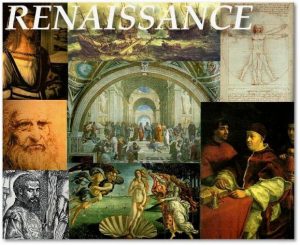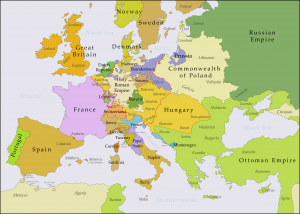
After the Middle Ages, Europe experienced a cultural awakening known as the Renaissance. Inspired by the ideals of ancient Greece and Rome, a renewed appreciation for the human body emerged. This era, spanning roughly 1400-1600, saw a significant shift in attitudes towards fitness and physical well-being.
Fitness for a Sharper Mind: The Renaissance Connection
Thinkers and leaders like Martin Luther and John Locke, known for their intellectual contributions, championed the link between physical fitness and intellectual learning. This idea resonated with educators like Vittorino da Feltre, John Comenius, and Richard Mulcaster, who saw physical education as a crucial tool for promoting overall well-being.
Following in Ancient Footsteps: The Rise of Physical Education
Building upon the legacy of ancient Greek gymnasiums, which incorporated physical training into education, the Renaissance saw a renewed focus on physical education programs within schools. This emphasis on physical activity stemmed from a growing appreciation for human life and a desire to cultivate well-rounded individuals.

Beyond the Renaissance: Fitness Takes Root in Europe
While the Renaissance marked a turning point, Europe’s journey with fitness continued well beyond the 16th century. The following National Period (1700-1850) witnessed the rise of nationalism and independence, which fueled the first modern fitness movement: gymnastics programs. These programs gained immense popularity in countries like Germany, Denmark, Sweden, and Great Britain.
Stay tuned for more on the fascinating history of fitness!
-Steph